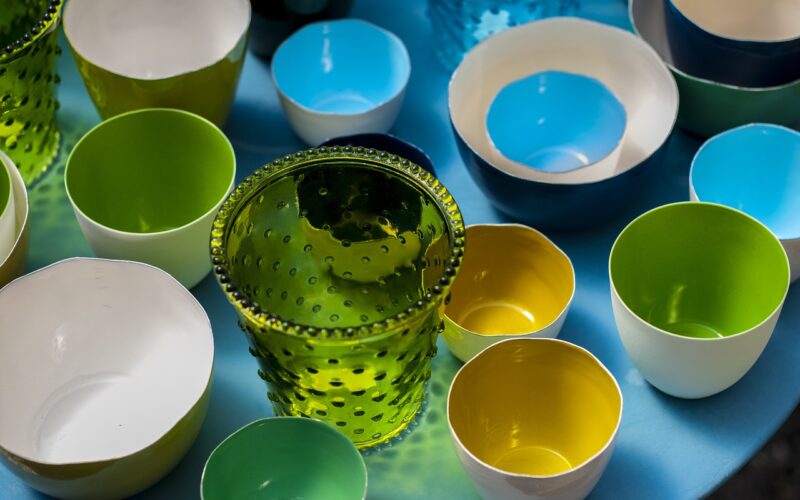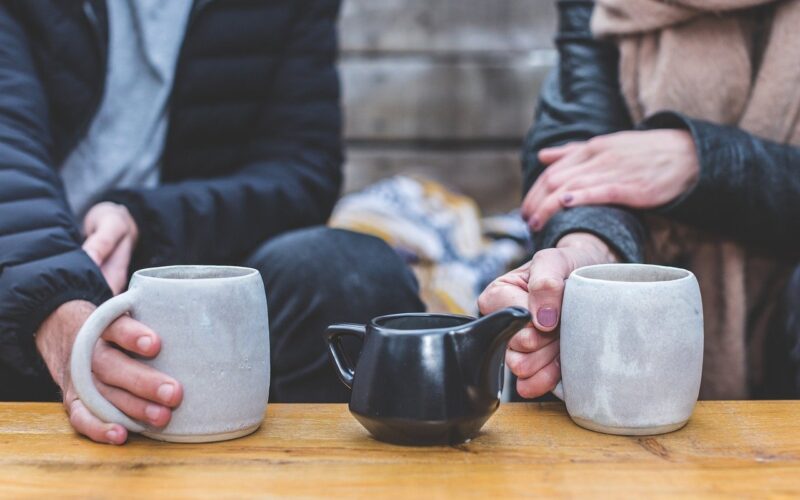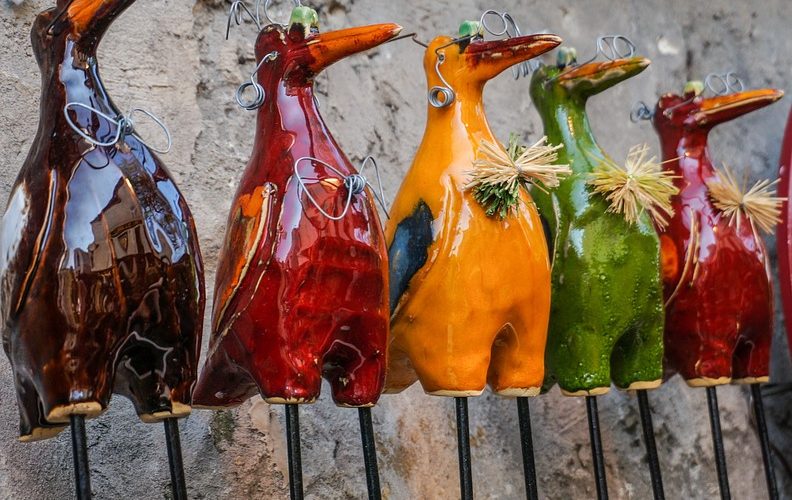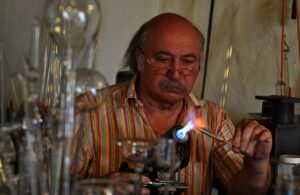Basic ceramics are made of clay that has been kept wet so it remains malleable. In the hands of an artist, this material can be formed into a work of art. Sculpting with clay and kaolin has always been a popular medium. It offers the artist a three dimensional palette in a material that can be worked and reworked until the piece is completed. Mistakes are not fatal and can be corrected when working with clay. Once the piece has been perfected, drying and kiln firing harden it. The piece can then be painted and glazed to achieve the colours and finish the artist has envisioned.
Ceramics are one of the strongest materials available after they are baked in a kiln. This is important for preservation of any piece of art. Once broken, even repairs cannot replace many original sculptures. Durability, while not guaranteed, is a factor in choosing materials. It is also a factor for those who admire and purchase art pieces. Sculptures are set in many different places, even outdoors. The ability to last in all types of weather or traffic makes the difference between pieces of art being admired by many or very few.
One of the most important facets of ceramic arts is their usefulness in everyday life. A plate or cup can become a beautiful piece of art, but still be used to serve food and beverages. Bone china is an excellent example of this concept. When hand painted, each piece becomes a work of art in itself. As an English fine bone china set, it enhances any table and brings out the best in the food being served. It turns even a casual dinner into a special occasion with its delicately translucent base and display of art.
Not all ceramic art is used in the making of dinner plates and serving platters. There are many beautiful pieces that are art objects in themselves. These beautiful sculptures have a wide range of sizes and shapes. Each one strives to be unique in form and colour. The beauty of ceramic art is that, even with artists using a base range of clay and glazes, each piece can be made into a unique item.


















